
The activities include a body percussion, a finger play, a memory song about remembering the order of numbers 1-5 both forwards and backwards, a rhythm instrument song, a song for melody and harmony instruments, two songs for drama and movement, a game / dance and a story song. If you like the ideas, I invite you to try our farm lesson plan Beautiful Farm to support your children’s early learning about farms through songs, games, instruments, dances and stories.
We start with a brain and body connection activity. We tell the children that the farmer’s son, Johnny, has to fix the fence in order to stop the pigs running away. Johnny Works With One Hammer is a body percussion that has the children unable to resist copying our hand actions due to its delightful pace, rhythm and sheer silliness. One hammer is one fist pounding on the thigh, for two hammers we pound two fists, for three hammers move foot, for four hammers add another foot, for five hammers we nod our heads and finally, after all that work, we need to collapse and rest.
Next we do a finger play called Piggy Wig and Piggy Wee. The pigs are represented by two thumbs and their little curly tails are our two little fingers. It’s great fun and good for strengthening the muscles in the hands. We swap between bending the thumbs-pigs and waggling the pinkies-tails, as well as doing lots of other actions with our hands and fingers.
The pigs get lost in the tall grass in the meadow so it’s time to bring in the mowing men and their dog, Spot. The song is One Man Went to Mow and we support the learning by holding up five cards each with a man with/on a mower and a numeral 1-5. Spot, the dog, can be either a soft toy or another image on a card. I like to hide him behind my back and pull him out each time his name is sung. Apparently this is highly amusing to a three or four or even a five year-old!
We love this Argentinian folk song – Come and See My Farm. It has a very pretty chorus that expresses the pride and joy of the farmer.
Oh come my friend, oh come my friend,
Oh come along with me,
Oh come my friend, oh come my friend,
Oh come along with me.
In our version we have chicken, sheep, pigs and a cat but you can substitute any animals you like such as goats or even crocodiles. Simply choose an instrument to represent each animal and ask the children to play only when it’s their animal’s turn. Children who can restrain themselves have much better outcomes in their lives so it’s worth gently persevering with this idea of playing ‘at the right time’. Of course some three year-olds may not be ready, so we need to be sensitive to this and allow free-play time where necessary.
Another instrument song is Hickety Pickety My Black Hen. We find we’re better off restricting the age range to four and over when using melody and harmony instruments such as chime bars, or other Orff instruments. We distribute only the note names C, D, E, G and A and encourage the children to play (on any note, being a pentatonic scale they all harmonize) on the beat or along with the rhythm. Some older children who are precocious readers may even manage to read and play the letter names from a wall chart but that is not the main game. We supply a wall chart with a grid notation but it’s mainly for the adults in the room.
After all that concentration it’s a good idea to follow with a movement activity and what could be better than horse-riding. If we have enough hobby horses for one each that’s great but if we are in a large child care center and can’t bring twenty five hobby horses in the car, we can easily turn a bag of colored scarves into tails and voila! everyone’s ready to trot, canter and gallop to a three-tempo game of I Have a Little Pony using all the available space. And in case you’re wondering, yes, it can get a bit wild but with good will I can get them back off the wall! You just need to trust and follow the lyrics and say “Whoa!”

In our story, two shearers, one old and one young, are having a competition to find out who can shear the most sheep. The “old snagger” wins and the young shearer, “the ringer” is cross because he lost. There are many ways to dramatize this story. In the simplest version we pretend to shear a toy sheep. The children clap when they hear/sing the words “click, click, click.” If we have children who like to perform, four come out in front of the group and play the two sheep and the two shearers.
Our dance activity is performed to the old traditional singing game The Farmer in the Dell. We make a circle and give out some simple costume elements, e.g. a farmer’s hat, a wife’s hat (of course she is a farmer too), a child’s toy, dog ears head-band or tail, cat ears head-band, whiskers or tail, mouse ears head-band, whiskers or tail, a wearable placard with an image of a cheese. These costumes will serve seven children. If we have more children, we repeat the game/dance so everyone gets to “be” someone (or better still, we stay up the night before and make multiple costumes!) With preschoolers, we leave out the mighty game of chase at the end. You can spice it up. If you want to play chase — you’ll need to add the verse “They all chase the cheese.”
Finally, when everyone is exhausted, we come to the rest and recuperation part of our farm lesson plan. It is time to sit down and finish the lesson with a good story. Our choice is Mary Had a Little Lamb. We know that farming families sometimes bring orphaned lambs into the domestic setting to care for them. This song teaches us about compassion in farming. Mary brings up a lamb and the lamb, attached to Mary, thinks it can go to school with her. Children understand this song and love to sing it. Look through your nursery rhyme collections for the sweetest illustration you can find. Our favorite is an illustration by Scott Gustafson in the book, Favourite Nursery Rhymes from Mother Goose.
This farm lesson plan takes a good 45 minutes if you include everything. Of course you can split it up and do a few songs per day over the two weeks but make sure you do them all at least twice in a fortnight so the learning can deepen. And don’t forget to visit a Beautiful Farm with humane farming practices with your beautiful kids. If you want to save yourself hours preparing your farm lesson plan you can find the one we prepared with all the music backing tracks, vocal tracks, lyrics, written activity suggestions and wall charts at our online shop. Click here to see and hear what you get Beautiful Farm Lesson Plan.
Happy teaching
x Carol
P.S. Don’t forget to relax and have fun with the lesson Beautiful Farm.
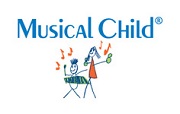

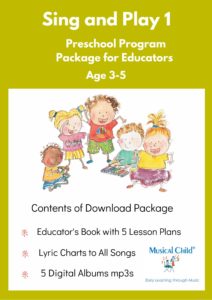

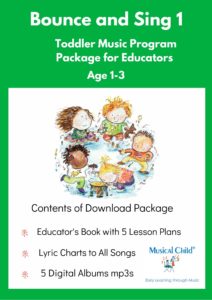
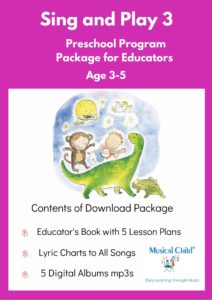
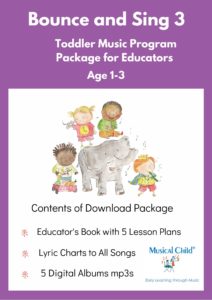
I have witnessed the children’s joy on using body percussion and when I share this song with them they are not only enjoying learning something new, they feel great about being to be able to participate on their own and do the actions and because it is repetitive they learn the words of the song quickly.
Because it’s so silly, it’s a great ice-breaker when working with a new group of children. They immediately relax and see you as someone they can enjoy.